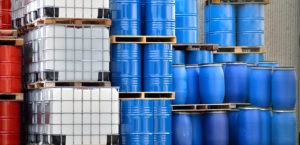
TCC’s TDI 80-20 is a mixture blend of 80% 2,4-toluene diisocyanate and 20% 2,6-toluene diisocyanate. The clear to pale yellow liquid organic compound is toxic, has a sharp odor, and is highly reactive. It is used in the manufacture of polyurethane flexible foam (slab/molding) and non-foam urethanes.
Monomeric MDIs are either used as pure isocyanate, in mixtures with polymeric MDI (pMDI) or in prepolymers for flexible foams, CASE applications, shoe soles or thermoplastic polyurethanes. Pure monomeric 4,4′-MDI with low acidity. Used for the manufacture of elastomers and thermoplastic polyurethanes.
Polymeric MDIs are generally used in manufacturing rigid and semi-rigid polyurethane foam for construction panels, spray-on insulation, refrigeration insulation, and automotive interior panels.
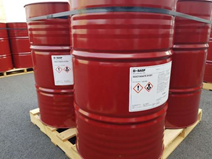
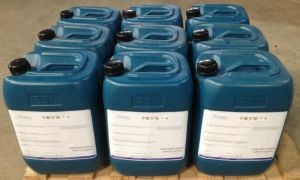
T-9 flushes out dirt and old lubricants, attacks existing corrosion and displaces moisture as it reaches deep into the smallest areas to penetrate moving parts, without disassembling.
Methylene chloride is used in various industrial processes, in many different industries including paint stripping, pharmaceutical manufacturing, paint remover manufacturing, and metal cleaning and degreasing. The most common means of exposure to methylene chloride is inhalation and skin exposure.
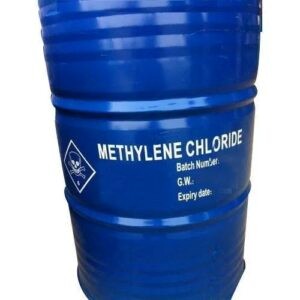
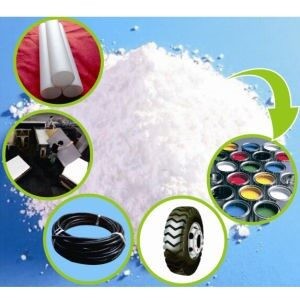
Paper, Plastics, Paints, and Coatings: Calcium carbonate is the most widely used mineral in the paper, plastics, paints and coatings industries both as a filler – and due to its special white color – as a coating pigment.
Adefoamer or an anti-foaming agent is a chemical additive that reduces and hinders the formation of foam in industrial process liquids. The terms anti-foam agent and defoamer are often used interchangeably. Strictly speaking, defoamers eliminate existing foam and anti-foamers prevent the formation of further foam.


Adispersant or a dispersing agent is a substance, typically a surfactant, that is added to a suspension of solid or liquid particles in a liquid (such as a colloid or emulsion) to improve the separation of the particles and to prevent their settling or clumping.
The reactive dye particles form a covalent bond with the fabric and essentially stain it the desired color. Once the bond is formed, you have one single molecule. Pigment dyes on the other hand, are insoluble molecules that sit on top of the fiber. No chemical reaction takes place.
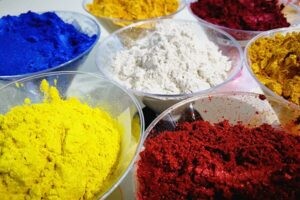
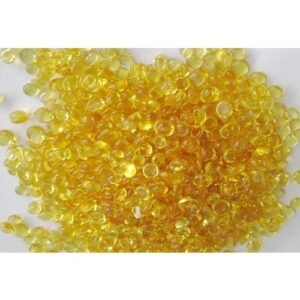
Phenolic resins include synthetic thermoset resins such as those obtained by the reaction of phenols with formaldehyde. Phenolic resins are divided into two different types, novolacs and resoles. Novolacs are phenol–formaldehyde resins made when the molar ratio of formaldehyde to phenol is less than one.
An emulsion is a mixture of two or more liquids, with or without an emulsifier, that are normally immiscible. One of the liquids, the “dispersed phase,” forms droplets in the other liquid, the “continuous phase.” A suspension is a solid dispersed in a liquid. The particles are large enough for sedimentation.
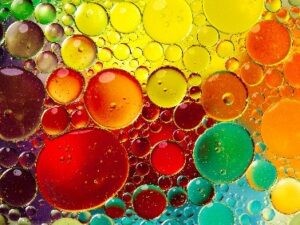
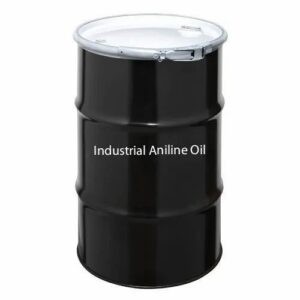
Aniline is an organic compound with the formula C6H5NH2. Consisting of a phenyl group attached to an amino group, aniline is the simplest aromatic amine.
Sodium Sulfate Anhydrous is the anhydrous, sodium salt form of sulfuric acid. Sodium sulfate anhydrous disassociates in water to provide sodium ions and sulfate ions. Sodium ion is the principal cation of the extracellular fluid and plays a large part in the therapy of fluid and electrolyte disturbances.
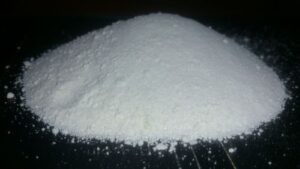
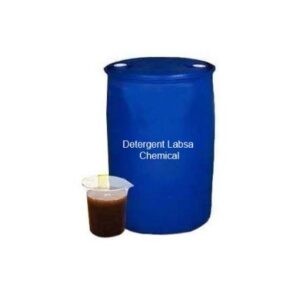
LABSA is an anionic surfactants with molecules characterized by a hydrophobic and a hydrophilic group. They are nonvolatile compounds produced by
The chemical pre-treatment is applied not only to prevent surface oxide formation, but also to improve paint adhesion and corrosion protection. The lubricant is added on the pre-coated surface to facilitate the stamping and other press forming operations needed to manufacture the parts

Hydrophilic Silicone Softener. A concentrated, nano silicone softener. Imparts excellent softness with good hydrophilic properties on cellulosic, polyester, wool and their blends.
Polyether Polyol Low viscosity and high solid content polymer polyol , used for ordinary block flexible foam, ultra-high hardness block flexible foam and hot molding foam.
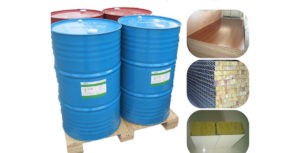
Silicone surfactants, are used in many industries as emulsifiers, foaming agents, solubilizers and softeners. They are also known to add leveling, slip and mar resistance properties to coatings formulations.
Because of its strength, Kraft Paper is used for many industrial and commercial applications. The material is used in packaging operations for packing, wrapping individual items, bundling and void fill. Also, Kraft paper can be used as load binders between layers of palatalized products.
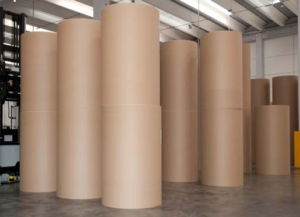
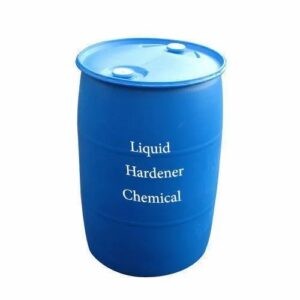
polyurethane foam formulations for use in furniture and bedding – specifically mattresses. The additive may be particularly useful when it comes to increasing the load-bearing properties of furniture pieces.
Polyurethane pigments are used to colour resins used for moulded components, models, tools, engineering parts, theatrical props, cosplay pieces etc.
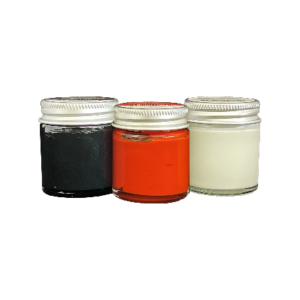
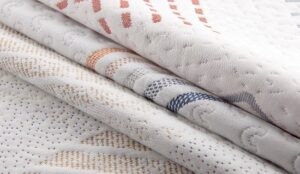
Afabric case filled with resilient material (such as cotton, hair, feathers, foam rubber, or an arrangement of coiled springs) used either alone as a bed or on a bedstead.
Acrylic polyols represent a special group of amorphous polyols, having molecular weight (MW) of 8,000–13,000 Da, obtained by radical copolymerisation of acrylic monomers (ternary or quaternary copolymers), such as acrylic or methacrylic acids and esters.
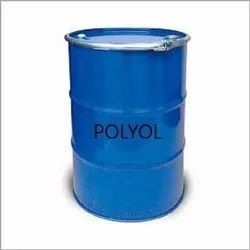

Awetting agent is a surface-active molecule used to reduce the surface tension of water. The high surface tension of water is problematic in many applications where spreading and penetration of water is required. These include for example paints and other coating formulations, detergents, pesticides, and others
Chemically, driers are metal carboxylates i.e. salt of cobalt, lead, manganese, etc. and octoic acid. The first modern driers were developed in the early 1920s with the preparation of metal naphthenates. The driers that are used today are based upon synthetic acids, like 2-ethyl hexanoic acid and versatic acid.
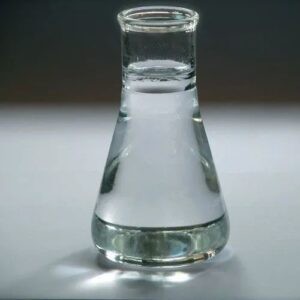
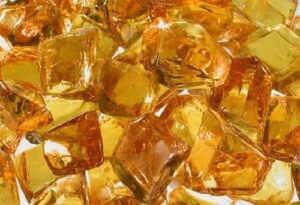
Alkyd resins are oil-based polyester consist of dibasic acid, polyols, and fatty acid, which belong to thermosetting polymer. The fatty acid content and glycerol of alkyd resins can be derived from either animal or vegetable oils, which are biologically renewable
N-75 hardeners used primarily as the hardener component for lightfast two-component polyurethane coatings with high resistance to chemicals and weathering, very good gloss retention and outstanding mechanical properties. Preferred co-reactants for the product are polyacrylate or polyester polyols.
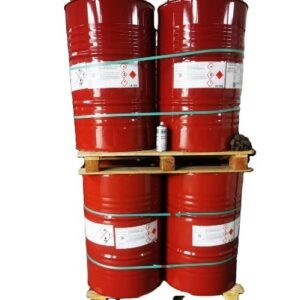
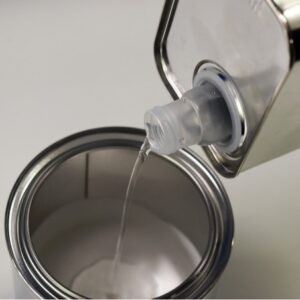
Avolatile solvent used to make paint or other solutions less viscous.
Titanium dioxide is a titanium oxide with the formula TiO2. A naturally occurring oxide sourced from ilmenite, rutile and anatase, it has a wide range of applications. It has a role as a food colouring. ChEBI. Titanium dioxide, also known as titanium(IV) oxide or titania, is the naturally occurring oxide of titanium.
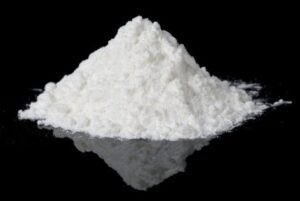

Sodium laureth sulfate (SLES), an accepted contraction of sodium lauryl ether sulfate (SLES), also called sodium alkylethersulfate, is an anionic detergent
Calcium hydroxide is an inorganic compound with the chemical formula Ca(OH)₂. It is a colorless crystal or white powder and is produced when quicklime is mixed or slaked with water
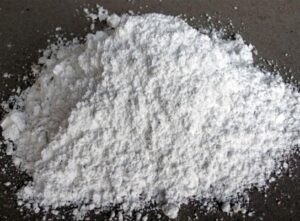
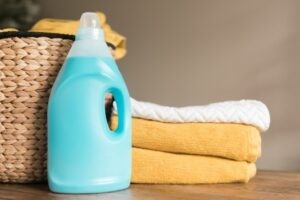
Fabric softeners contain lubricating ingredients that help coat and soften fibers in your fabrics when added to your laundry load in the form of liquid, powder or dryer sheets.